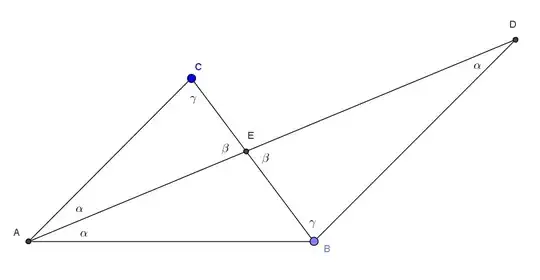This is a very deep question.
A proof in terms of numbered formulae and various $\Rightarrow$, resp. $\Leftrightarrow$-signs could be checked by an automated proof checker. On the other hand, a "figure" is just a bitmap, or a pixel heap, and I doubt that an automated proof checker would ever be able to make out what this figure is telling us.
In other words: Figures are viewed at and interpreted by humans. Sometimes these humans consent in accepting such a figure as proof of some statement, but sometimes they are in error in doing so. When a figure mainly serves to explain a certain concept, say, the derivative of a function $f:\>{\mathbb R}^n\to{\mathbb R}^m$ at some point $p\in{\rm dom}(f)$, then there is not much harm possible, but as soon as there are "cases" involved, say in a geometric proof of $\sin(x+y)=\ldots\ $ for arbitrary angles, the question arises whether the power of $1$ (one) figure is sufficient to prove the general statement. To put it differently: A general statement might involve very different morphologies, only one of which is captured in a single figure.
Concerning your example, it is certainly not sufficient to draw a point $x$ and a circle of radius $\epsilon$ around $x$. But inserting another point $y$ into this circle and drawing a very small circle around $y$ would make the idea of the intended proof clear. Nevertheless, in a course & homework situation it is expected that the idea so obvious in the figure is "verbalized" in a coherent argument.
